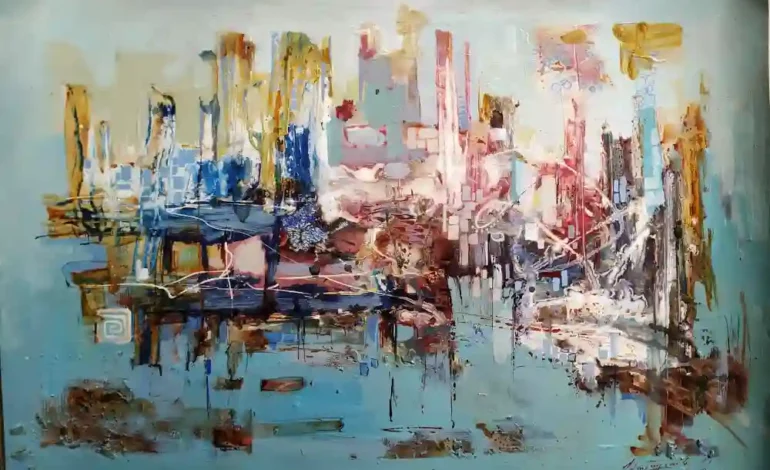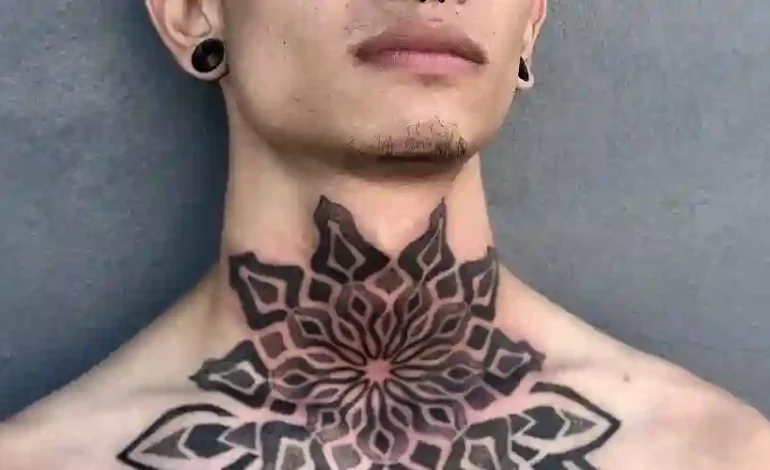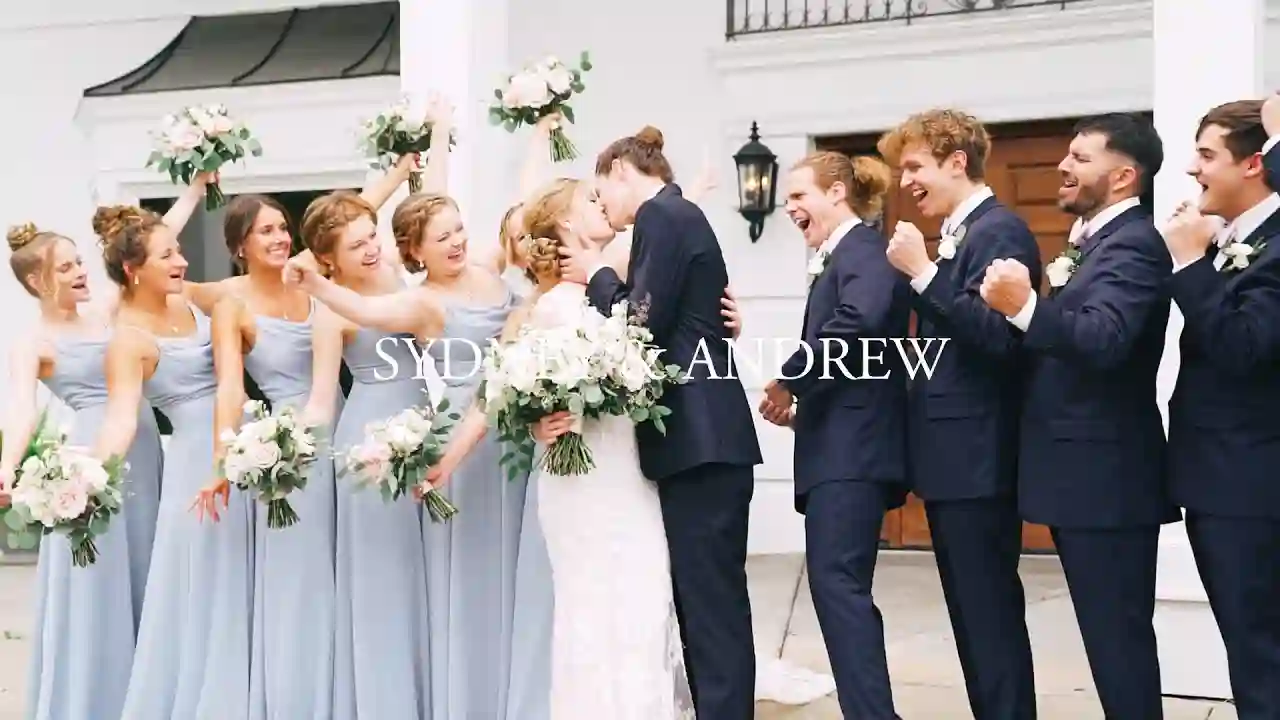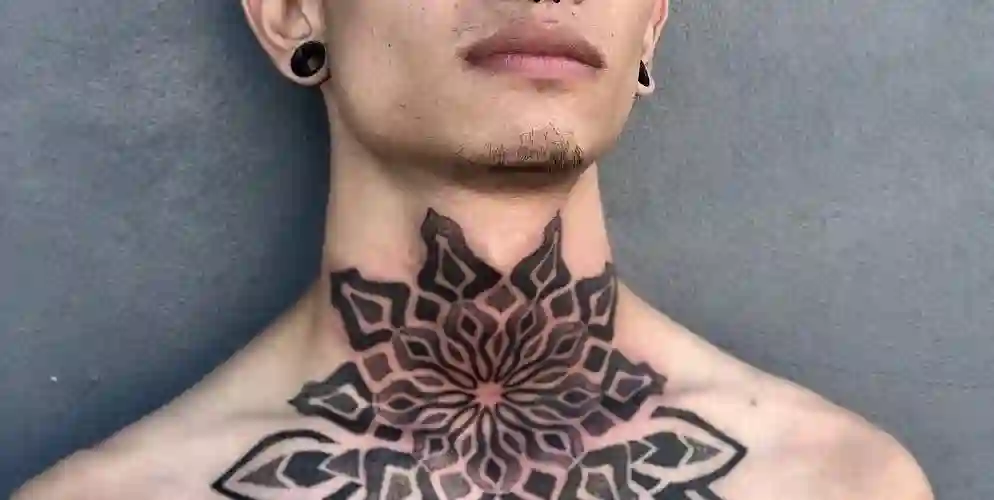
Evolving Artistry: Adapting Your Style in Oil Painting
Art is a journey of self-discovery and constant evolution. As an oil painter, your style is not static; it’s a reflection of your growth, experiences, and creative exploration. Adapting and evolving your style in oil painting allows you to break boundaries, express new ideas, and continuously captivate your audience. In this article, we’ll explore the importance of embracing change and offer insights into how you can adapt and refine your style in oil painting.
The Significance of Style Evolution
Your artistic style is your artistic identity—the unique way you interpret and convey your vision. However, the process of style evolution is crucial for several reasons:
- Personal Growth: As an artist, you’re constantly evolving as an individual. Your life experiences, emotions, and perspectives change over time. Adapting your style allows you to reflect these transformations in your work.
- Avoiding Stagnation: Staying within the confines of a single style can lead to creative stagnation. It’s essential to explore new techniques, subjects, and concepts to keep your art fresh and engaging.
- Meeting Challenges: Different artistic challenges require different approaches. Adapting your style enables you to tackle a wide range of subjects and concepts effectively.
- Expanding Your Audience: Adapting your style can make your art more accessible to a broader audience. Different styles resonate with different people, and exploring new approaches can help you connect with a diverse viewership.
Steps to Adapt Your Style in Oil Painting
Here are some steps to help you adapt and evolve your style in oil painting:
1. Reflect on Your Journey
Start by reflecting on your artistic journey. Review your past works and identify recurring themes, techniques, or elements that define your current style. Consider the following questions:
- What aspects of your current style do you enjoy the most?
- Are there any limitations or challenges in your current style that you’d like to overcome?
- What new subjects or concepts are you interested in exploring?
2. Experiment with Techniques
One way to adapt your style is by experimenting with different techniques. Try new brushwork, texture applications, or layering methods. Explore various tools and materials to see how they influence your work. The goal is to break free from familiar patterns and discover fresh approaches.
3. Explore Diverse Subjects
Diversify your subject matter. If you primarily paint landscapes, try portraiture or still life. Experimenting with different subjects can lead to unique insights and inspire new styles or interpretations. Don’t limit yourself to what you know; embrace the unknown.
4. Study Other Artists
Study the works of other artists, both historical and contemporary, who have evolved their styles over time. Analyze how they transitioned from one style to another and what motivated those changes. Learning from their experiences can provide valuable insights into your own artistic journey.
5. Keep a Sketchbook
Maintaining a sketchbook is an excellent way to experiment with different styles and ideas without the pressure of a finished painting. Sketch freely, explore new techniques, and jot down thoughts and observations. Sketchbooks are a playground for creative experimentation.
6. Seek Feedback
Share your evolving work with fellow artists, mentors, or art communities. Constructive feedback can provide fresh perspectives and help you refine your evolving style. Don’t be afraid to listen to different viewpoints and adjust your approach accordingly.
7. Embrace Change
Embracing change is a fundamental aspect of evolving your style. Understand that not every experiment will result in a masterpiece, and that’s perfectly okay. The journey of adaptation is filled with successes and failures, all of which contribute to your growth as an artist.
Challenges and Considerations
While adapting your style is essential for artistic growth, it can also present challenges:
- Identity Crisis: Adapting your style may lead to moments of uncertainty or even an artistic identity crisis. It’s normal to question your choices, but remember that self-discovery is part of the process.
- Rejection: Not everyone may embrace your evolving style, and some viewers may prefer your previous work. Be prepared for varying reactions and stay true to your artistic vision.
- Time and Patience: Style evolution takes time and patience. Don’t rush the process; allow yourself to explore and adapt at your own pace.
- Balancing Consistency: While adapting is important, maintaining some consistency in your work can help build recognition and a signature style. Finding the right balance is key.
Conclusion
Evolving your style in oil painting is a natural and essential part of your artistic journey. It’s a testament to your growth as an artist and your willingness to embrace change and new challenges. Remember that there’s no one-size-fits-all approach to style evolution, and your path will be uniquely yours. Trust your instincts, explore without fear, and continue to evolve, for it is through adaptation that you’ll discover new dimensions of creativity and captivate your audience with fresh perspectives and ideas. Your artistry is an ever-evolving masterpiece, and each brushstroke tells a story of transformation and discovery.





